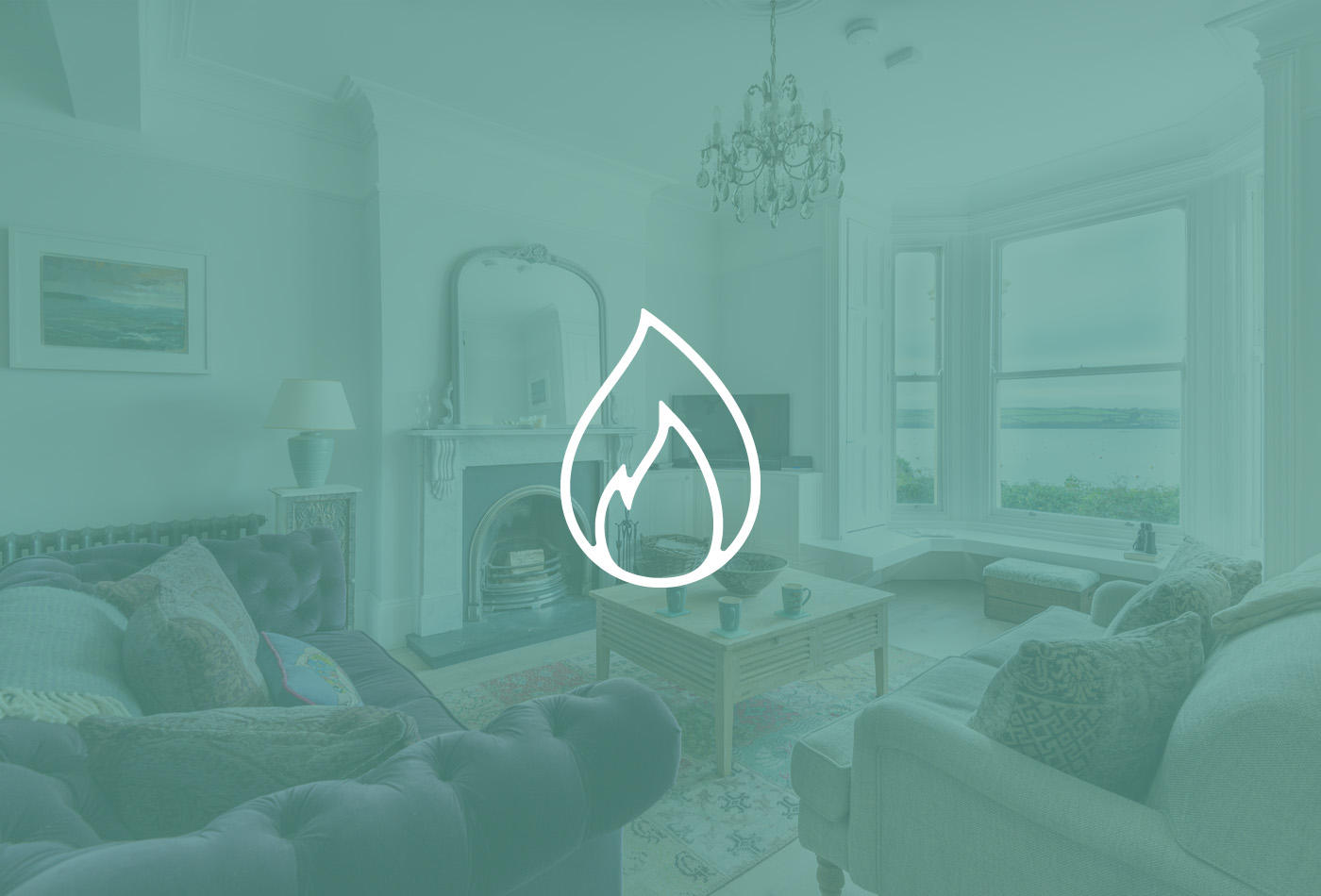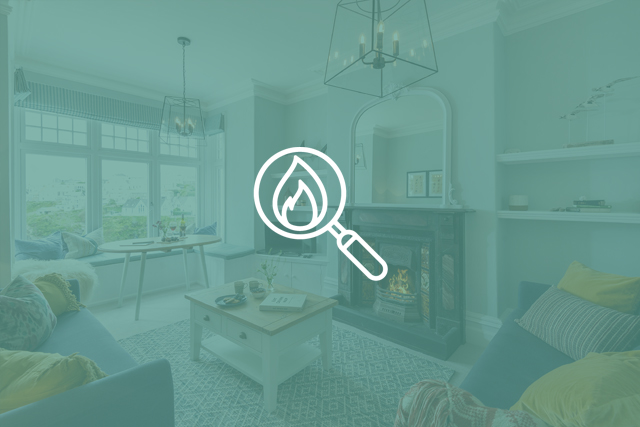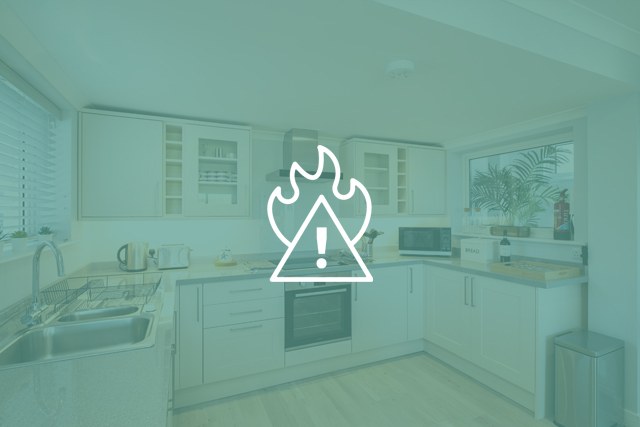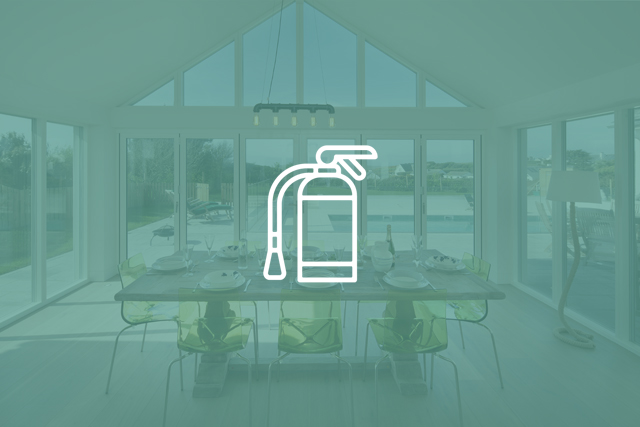Summer Holiday Letting Insights
As one of the leading holiday letting agencies in North Cornwall, we at John Bray Cornish Holidays are delighted...

Fire Regulations are in place across the UK to ensure self-catering holiday accommodations are safe for guests. It’s essential for owners to keep informed about guidance, ensure their properties are compliant with the law, and ultimately, keep their guests safe.
The UK Government has issued new guidance for ‘Small Holiday Lets’, effective from 1st October 2023. We’ve broken down the guidance in this blog to help you understand the basics.
Click on the quick links below to learn about a specific topic, or continue reading our full guide to understand what the fire safety regulations mean for you.
We’ve summarised the new fire safety regulations below to help you understand what’s included. Remember, this blog is just a brief overview and is not to be depended upon when making your property fire-safe. Please read the full Government guide to make sure your holiday let is safe and compliant.

As a holiday let owner, one of your responsibilities is to conduct a Fire Risk Assessment for your accommodation. This involves thoroughly inspecting your property to identify potential fire hazards, implementing measures to prevent fires, and establishing precautions to safeguard guests, staff, and anyone else who may use your property.
Can I do my own fire risk assessment?
The government guidance suggests that in most cases, a fire risk assessment for your small holiday let can be completed without specialist knowledge, by referring to the guide. You’ll also find a useful risk assessment template in the government guidance PDF.
However, if you’re unsure about conducting a risk assessment yourself, seeking assistance from a specialised fire risk assessor is a good idea. The Fire Sector Federation offers guidance on selecting a competent fire risk assessor. Ultimately, you must ensure that the safety measures you put in place are adequate and justifiable.

During your risk assessment, you must identify and address any fire hazards within your property. Here are some examples of hazards mentioned in the Government guidance:
Electrical issues are a common cause of fires. It’s essential to carry out inspections on equipment in line with regulations, such as an Electrical Installation Condition Report (EICR). Additional information on this can be found in the Government’s Holiday Let Fire Safety guide, or for more specific information on electrical safety, visit the Government website.
Smoking is a significant fire hazard. While the law doesn’t prohibit guests from smoking in private spaces, it’s advisable not to allow smoking throughout your holiday property. Clear signage should inform guests of this policy.
At John Bray Cornish Holidays, we do not allow guests to smoke in the self-catering properties we let, and this is made clear in all of our listings.
Although arson at your holiday property is unlikely, it’s a hazard which is important to consider. You should ensure you have adequate security to prevent unauthorised access, while refuse and rubbish bins should be kept away from windows to prevent fire spreading from outside.
Annual maintenance checks by a qualified contractor are necessary to ensure the safety of your heating system. You should avoid using portable heaters unless essential, and where they are used they should be kept away from combustible materials and fire escape routes. Certain types of heaters are dangerous and not suitable for use at all, as outlined in the Government guidance. There’s also more information there for properties with log burners.
The guidance document provides measures for making ovens and cooking equipment safer, depending on the type of oven you have. Regular maintenance and cleaning are essential for all types of cooking equipment to ensure they’re fire-safe.
While candles can create a cosy ambience for guests, they unfortunately pose a significant fire risk. It’s recommended not to provide candles for guests and to discourage guests from using their own.
Good housekeeping is essential for maintaining a safe environment. Regularly remove refuse and keep combustible materials away from potential ignition sources. Ensure that escape routes remain clear of storage and clutter for a quick evacuation in case of a fire.
All furniture and furnishings should comply with the Furniture and Furnishings Fire Safety Regulations 1988.
Fires are sometimes caused by the work of contractors. Make sure all contractors are suitably qualified and competent, and take the necessary safety precautions when hot work is carried out.
Ensure that any dangerous substances are stored correctly. Barbecues and fire pits should be at a safe distance from the property and not placed on balconies. Gas for barbecues must be used according to the manufacturer’s instructions, with clear instructions provided for guests.

Your property should have well-planned escape routes to allow guests to leave quickly and safely. Consider the needs of all potential occupants, including the elderly, people with disabilities, and children. Ensure that escape routes are equipped with fire-safe doors or walls. There’s lots more information about this in the Government guide.
In the event of a fire, your holiday accommodation should have adequate lighting for guests to escape easily. Consider alternative lighting sources in case of electrical supply failure. This could be as simple as utilising street lights outside, or you may need additional lighting which doesn’t rely on the property’s mains supply, including night lights, easily accessible torches, or even specialist emergency lighting.
While not necessarily essential for smaller properties where exit routes are clear, larger properties may require signage to show guests to fire escape routes.
Guests shouldn’t be expected to use firefighting equipment, as their priority will be to escape the property in one piece. However, where staff are in the property, there should be appropriate equipment supplied. It’s also important to keep this maintained and provide instructions for use in line with guidance.
Although guests are not expected to use fire-fighting equipment, you may wish to provide a small multi-purpose fire extinguisher and/or fire blanket in the kitchen area.
You can buy suitable multi-purpose extinguishers, guaranteed for five years, from a range of larger DIY outlets. You should check the gauge regularly to make sure the ‘stored pressure’ has not leaked. Low maintenance 10-year extinguishers are also available. Multi-purpose powder fire extinguishers should not be used, as they are not suitable for use in enclosed spaces.
Owners should install smoke alarms in all bedrooms and common areas, along with heat alarms in kitchens and areas where smoke may lead to a false alarm. It’s also necessary to have a smoke alarm in your roof space when there are combustible materials in it. It’s a good idea to interlink smoke and heat alarms so they sound simultaneously when a fire is detected.
A simple escape plan drawing should be provided for guests, who may not be familiar with the property layout.
Regular testing and maintenance of your fire safety equipment and procedures are crucial to ensure their effectiveness. There’s no point in having a fire safety plan if it doesn’t actually work in the event of a fire! A detailed list of required tests can be found in the Government guidance document.
While not mentioned in the new guidance, carbon monoxide detectors are essential for guest safety. It’s a legal requirement to provide these in rooms where solid fuel is burned, by a wood burner or open fire, for example.
Carbon Monoxide can also be caused by faulty gas appliances, so it’s advisable to use a carbon monoxide detector in rooms with a gas oven or boiler.
These new fire safety regulations apply to holiday accommodations that sleep fewer than 10 people and have no more than 4 bedrooms on the first floor. This includes various types of accommodations such as cottages, chalets, caravans, and glamping pods.
The guidance covers properties on the ground floor or those spanning the ground and first floor. If your holiday let has more than 2 floors, please adhere to the other guidance on premises with paying guest sleeping accommodation.
Owners who use John Bray Cornish Holidays can rest assured that we’ll provide them with guides to property safety and legal regulations. We’ll also be happy to suggest professional fire risk assessors to help you carry out your risk assessment.
Although we can’t advise you on, and aren’t responsible for, fire safety at your property, we hope that by doing these things we’re starting you off on the right foot. You can then read into the matter further and seek your own advice as and when you feel it’s needed.
To learn more about letting your property through John Bray Cornish Holidays, call us on 01208 863206, email lettings@johnbraycornishholidays.co.uk, or visit our website.
As a holiday letting owner you are responsible for compliance with health & safety laws, regulations and guidance, and for having suitable insurances in place (not Sykes Holiday Cottages or its brands (Sykes)). From time to time, Sykes shares information with you on the topic of health and safety and insurance. When it does so, it is not providing you with advice (legal, financial, tax or otherwise); please seek your own as you see fit. In addition, it is not making any representations or warranties about the information being complete or free from errors or inaccuracies. Sykes shall not be liable for any loss or damage arising under or in connection with your reliance on it.